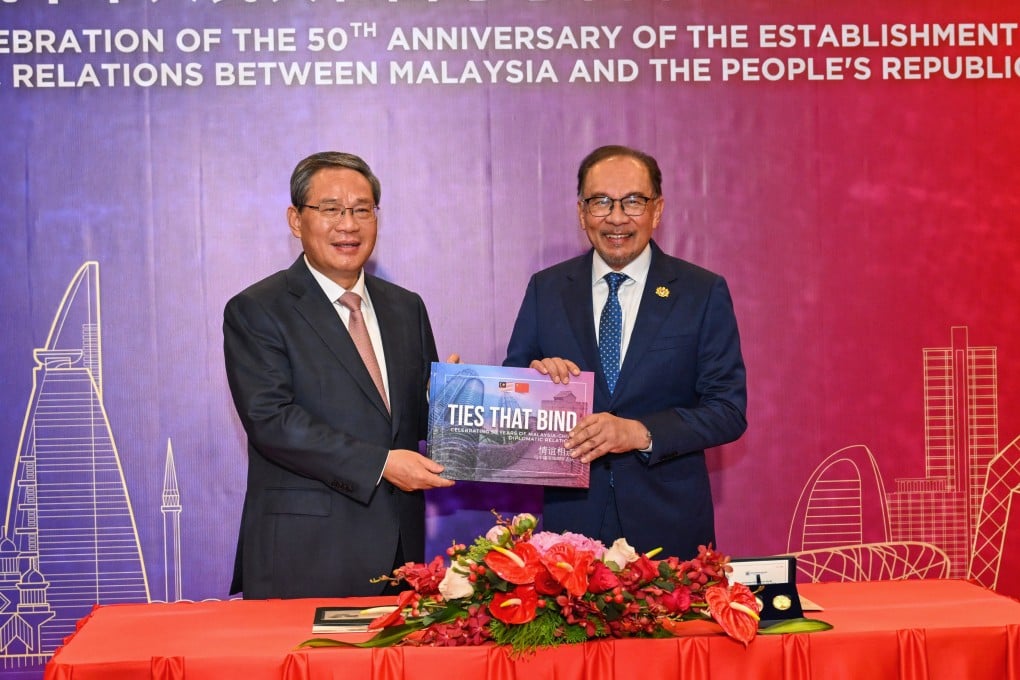Asian Angle | In China’s education exports to Malaysia, trust and sensitivity are key
China should adopt an inclusive approach to its educational advancement that is mindful of Malaysia’s social and cultural fabric

China’s technological expertise has the potential to transform the world, but its expanding educational influence has left some feeling marginalised and threatened. To address these concerns and harness China’s soft power as a positive force for change, it’s essential to adopt a multilingual approach and foster trust among different cultures.
China, as a technological powerhouse, seeks to leverage its expanding educational influence to become a global transformative force. This ambition is particularly evident in Malaysia, where China’s efforts to achieve this goal are on full display. In 2016, Xiamen University established a full-fledged campus in Malaysia (XMUM). The XMUM project, with its core programmes centred on science and engineering, is seen as another initiative by China to support Malaysia’s technological advancement goals. However, XMUM also represents China’s broader ambition to enter the Western-dominated international tertiary education sector, marking a significant move in the realm of soft-power contestation. A key objective of XMUM was to establish a campus reflecting Malaysia’s demographics. To that end, it introduced special study grants for bumiputra and Indian students and implemented various recruitment campaigns. However, this ambition is not without its challenges.

XMUM’s efforts align with Malaysia’s long-standing affirmative action policy to safeguard bumiputra access to tertiary education, a policy that some feel is under threat. Recently, proposals to grant non-Malay students admission to MARA Technological University postgraduate medical programmes have stirred protests, highlighting concerns about the erosion of opportunities for lower-income Malays to pursue higher education. This episode underscores Malaysia’s ongoing challenge to bridge the wealth gap between ethnic groups. There is concern that China’s growing influence in the country could disproportionately benefit certain communities (that is, non-Malays) and exacerbate the socio-economic divide.
Due to its size, China poses an asymmetrical challenge that could disadvantage smaller nations. In Malaysia, this challenge is further complicated by the country’s diverse demographic composition. China’s dominance in the economic sphere, for example, is perceived to benefit Chinese-Malaysians disproportionately. This could strain bilateral relations and exacerbate tensions within Malaysia’s delicate social fabric.

